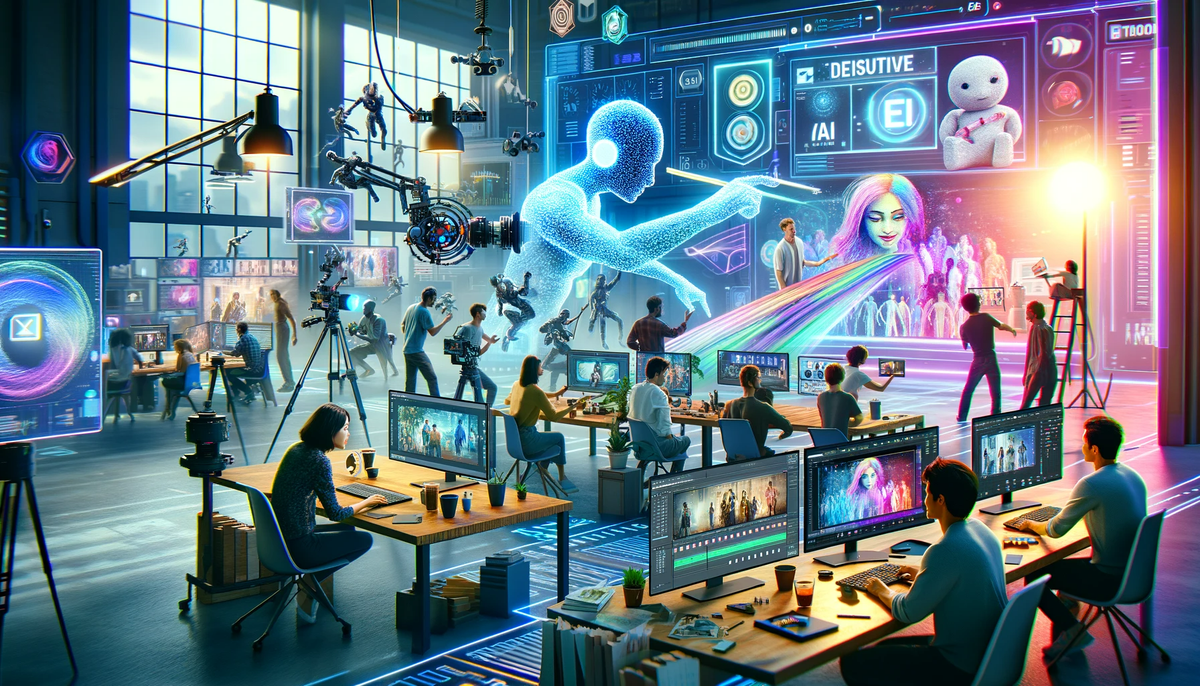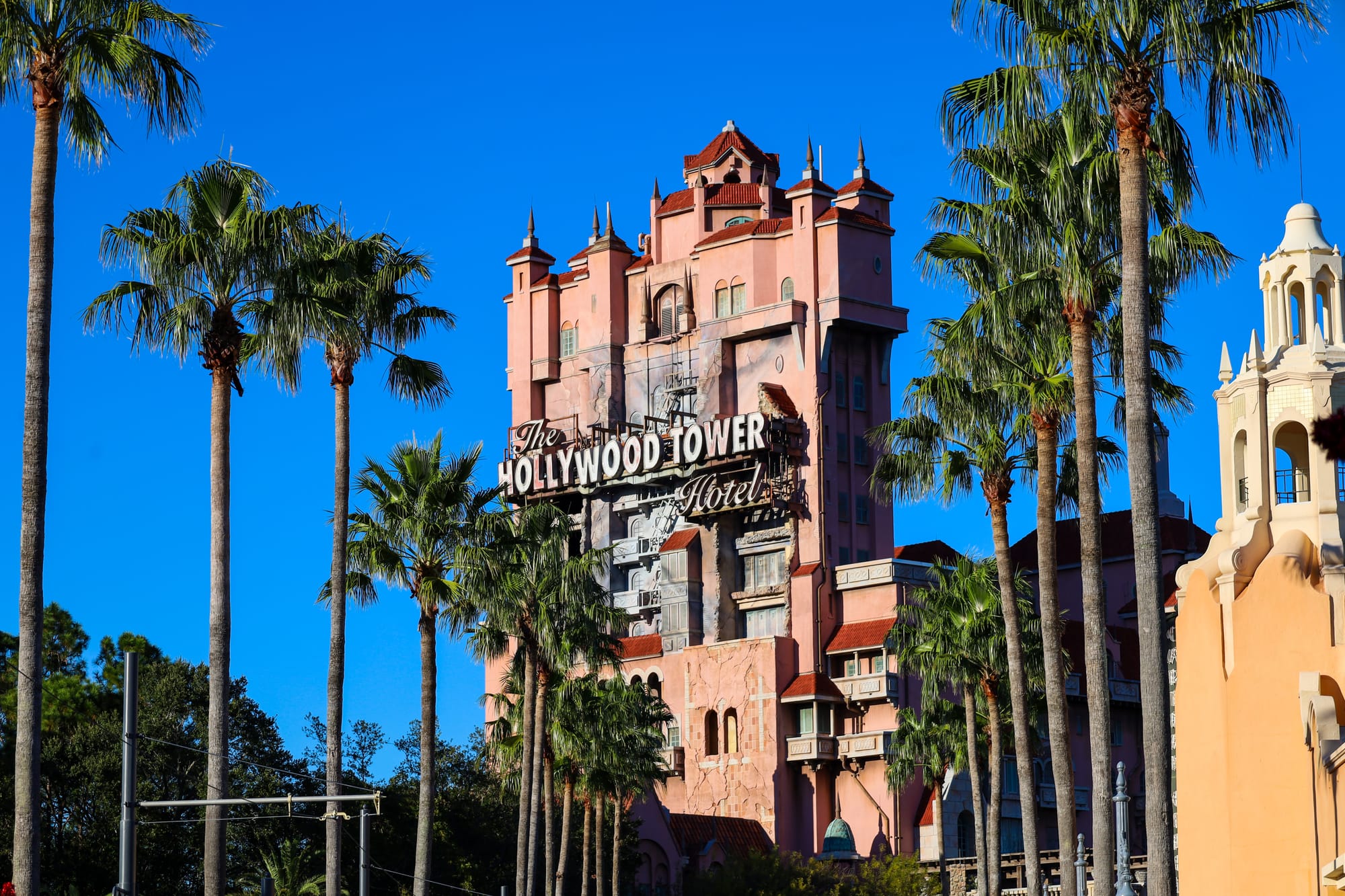The Unending Story: Hollywood's Existential Crisis in the Age of AI and Consolidation
Hollywood's future is at a crossroads, where the battle for creative control pits human artistry against the forces of artificial intelligence and corporate consolidation.

Written by Lavanya, Intern, Allegedly The News
LOS ANGELES, September 10, 2025
The historic strikes of 2023 were a turning point, not an ending. After months of picket lines, impassioned speeches, and a multi-billion dollar economic standstill, the Writers Guild of America (WGA) and the Screen Actors Guild–American Federation of Television and Radio Artists (SAG-AFTRA) secured groundbreaking agreements with the Alliance of Motion Picture and Television Producers (AMPTP). While the immediate crisis was averted, the underlying forces that ignited the conflict- the use of AI in production, the consolidation of major media companies, and the fundamental shift in creative compensation- continue to reshape the industry. The dream factory is still under construction, and the blueprints are a source of unending debate.
A Timeline of the Unprecedented Disruption
The 2023 strikes didn't happen in a vacuum. They were the culmination of years of brewing discontent, a labor movement gaining momentum against a rapidly transforming industry.
- May 2, 2023: The WGA strike officially begins. Writers hit the picket lines, demanding better compensation, a revised streaming residual model, and regulations on AI.
- July 14, 2023: SAG-AFTRA joins the writers on strike, marking the first simultaneous strike by the two unions since 1960. The actors' demands mirrored the writers', with a specific focus on protecting their likenesses from digital replication via AI.
- September 24, 2023: After 148 days, the WGA reached a tentative agreement with the AMPTP, effectively ending their strike. The deal included significant wins on AI regulations and residuals.
- November 9, 2023: SAG-AFTRA reaches its own tentative agreement, ending its 118-day strike. The contract included landmark protections for actors against AI use.
- 2024 - Present: The industry begins to recover from the shutdown. Production resumes, but the ripple effects are felt across the ecosystem. The new contracts, particularly concerning AI and streaming residuals, are implemented, and their real-world impact begins to materialize. Meanwhile, the march toward media consolidation continues, with major deals like the Skydance Media acquisition of Paramount Global dominating headlines in mid-2024.
The Evidence: A Post-Strike Reality
The ink on the new contracts is dry, and the industry is a laboratory for their effects. The central issues are now being tested in the real world.
The AI "Ceasefire": Groundbreaking Protections and New Challenges
The most significant win for both unions was the regulation of AI. The WGA contract explicitly states that AI cannot write or rewrite literary material, and any AI-generated content cannot be considered "source material" to undermine a writer's credit or compensation. A writer can use AI as a tool, but a company cannot force them to, and they must disclose if any material given to a writer was AI-generated. This created a clear, human-first precedent.
For actors, the SAG-AFTRA agreement secured a similar, crucial victory. The contract requires explicit, "reasonably specific" consent and compensation for a studio to use a digital replica of an actor, with a new consent required for each new use. This means a studio can't simply scan a background actor's likeness for a day's pay and use it in perpetuity without further negotiation. The contract also acknowledges and requires bargaining for the use of "wholly synthetic" performers.
However, the battle over AI is far from over. Post-strike, the technology's adoption has only accelerated in other, less-regulated areas of production. For example, AI-powered tools are now being used for:
- Script analysis: AI can quickly analyze scripts for market trends and potential audience appeal, influencing which projects get greenlit.
- Visual effects: The use of AI to create complex environments and realistically de-age actors has become more common, with films like Robert Zemeckis' "Here," released in late 2024, demonstrating its power to save time and money.
- Casting and pre-production: Machine learning algorithms can now streamline casting by matching actors to roles based on past performances and specific attributes, a trend that could further automate and impersonalize the process.
The Streaming Residuals Revolution
The strikes also fundamentally changed the financial relationship between creators and streaming platforms. The traditional residual model, which paid creators based on reruns and home media sales, was ill-suited for the streaming era, where a show can be watched billions of times without generating a single cent of additional income for many of its creators.
The new WGA contract introduced a significant boost to streaming residuals, especially for films made for the largest streaming services with budgets of over $30 million. This marked a crucial step toward tying compensation to a project's actual success and viewership, a move that the unions hope will restore a more sustainable income model for writers. SAG-AFTRA also made strides in this area, but the opaque nature of streaming data continues to be a point of contention. Platforms still do not provide detailed viewership numbers, making it difficult for unions and creators to verify the true success of their work.

The Consolidation Conundrum
While the unions fought for better terms, the media landscape itself was undergoing a radical transformation. The drive for scale and synergy has resulted in a shrinking pool of major players, a trend that shows no signs of slowing down.
- The Skydance-Paramount Deal: In mid-2024, the highly anticipated acquisition of Paramount Global by Skydance Media was finalized. This deal, valued at approximately $8 billion, consolidated a vast library of intellectual property, from the Star Trek franchise to the Paramount Pictures film vault, under a single banner.
- Warner Bros. Discovery: The merger of Warner Bros. and Discovery in 2022 created one of the largest media conglomerates in the world, with a significant hold on content ranging from HBO to CNN. The company's subsequent efforts to cut costs and streamline its portfolio led to the infamous "content purge," where numerous films and shows were removed from its platforms to save on residuals and licensing fees—a move that further fueled creators' anxieties.
This consolidation creates an oligopoly, where a handful of companies control the vast majority of content production and distribution. The impact is multifold:
- Reduced competition: Fewer buyers for content mean less leverage for creators. An independent filmmaker or writer has a smaller number of companies to pitch to, limiting their options and potentially depressing prices.
- Homogenization of content: When a few gatekeepers are making decisions, there is a risk that they will favor "safe," proven intellectual property- sequels, prequels, and reboots- over original, experimental, or diverse storytelling.
What Happens Now? An Evolving Landscape
The 2023 strikes served as a powerful reminder of the importance of collective action in the face of rapid technological and economic change. The new contracts have set a precedent, but they are not a silver bullet. The challenges are now shifting from a defensive stance to a more proactive, long-term strategy.
- The Proliferation of "Synthetic" Content: While the contracts protected against the direct replacement of human writers and actors, the rise of "wholly synthetic" performers and AI-generated scripts in low-budget productions will test the limits of these agreements. An OpenAI-backed AI film, "Critterz," began production in late 2024, aiming to debut at Cannes. This signals a new, direct challenge to the human-centric production model.
- The Future of Labor: The Hollywood strikes have had a ripple effect across the wider labor movement, with other industries watching closely to see how the creative sector's fight against automation and corporate power plays out. The question for unions going forward is how to enforce the spirit of their agreements and adapt to new technologies that emerge outside the scope of current contracts.
- The Public's Role: As media companies continue to merge, the public becomes a passive consumer of increasingly curated and corporate-controlled content. The fight for creative diversity and independent storytelling is now not just a union issue, but a consumer one.
The Call for a New Renaissance
The story of Hollywood has always been one of evolution. From the silent era to the talkies, from the rise of television to the streaming revolution, the industry has constantly adapted. The current moment is perhaps the most significant inflection point since the end of the studio system. The ongoing debates are a call for a new renaissance- a period where creators, not corporations or algorithms, reclaim their central role.
Reclaiming the Narrative: Questions for a Creative Future
- How can creators and consumers alike champion original, independent content in a marketplace dominated by a handful of consolidating media giants?
- What is the next frontier of AI in creative industries, and what proactive steps can unions and regulators take to ensure it remains a tool for human enhancement rather than a replacement for human artistry?
Sources
WGA and SAG-AFTRA official contract summaries, The New York Times, The Hollywood Reporter, Variety, and analysis from legal and financial experts on media mergers and acquisitions.




